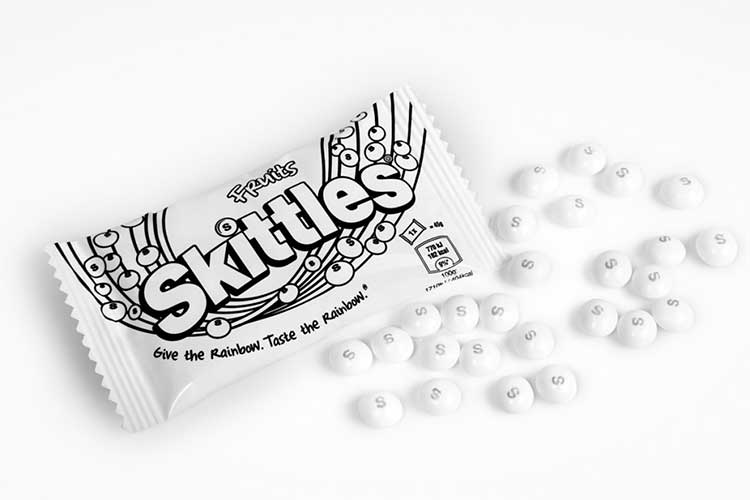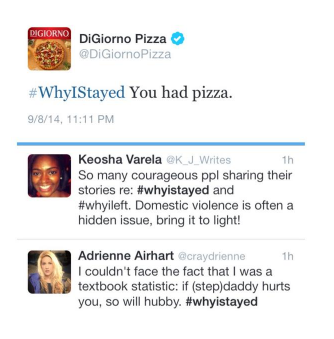
Do’s and don’ts for piggybacking
Being able to schedule posts on social media really is amazing, no longer do we have to set reminders to post certain content at a certain time. You can bulk post directly on Facebook or use Hootsuite for twitter! Great.
However, reacting to breaking news stories can put you head and shoulders above other brands. We call this piggybacking, but others use terms like news-jacking, although it doesn’t guarantee attention, when it comes off, you can land yourself some prime time national media coverage.
Be aware, there are very few original ideas. You may think you’ve had a ground-breaking idea that will set the world alight but someone else out there is probably thinking of the same thing. It’s all about how fast you produce and distribute this content in your social media channels. Be different
Be different
There is no point in copying content that you have seen already, as this will have already been shared and engaged with; you’ve already lost your audience. In order for the content you put out there to be shared and loved, it needs to be interesting and original.
If the content isn’t different, you’ll just be seen as a copycat, something which is very unpopular among the younger online market. It can be detrimental to your brand reputation.
A good example is when Skittles recently partnered with Pride in London. They decided that only one rainbow deserved to be the centre of attention, and released simple black and white skittles. A great way to engage with the topic whilst making it extremely brand relevant. Which brings us to…
 Be relevant
Be relevant
This year we’ve seen BuzzFeed blow up with sponsored content. You’ve seen them; articles telling you what flavour soup you would be, and at the end you usually discover that they are oddly sponsored by a mobile phone company. These tedious links somehow work in this context. But in piggybacking they don’t.
Occasionally, brands will hit the post button before really thinking about it. The American pizza company DiGiorno, got into hot water when they piggybacked on the #WhyIStayed hashtag. It was being used by victims of domestic abuse to tell their important stories. Unfortunately, someone at DiGiorno HQ decided it would be a good idea to highjack the top trend without checking what it was about and posted a pizza-based tweet. It of course offended lots of people.
Be quick
It’s all very well coming up with ideas days or weeks after a news story breaks, although, generally that is far too late. There is the 24 hour rule of thumb, which is a time limit of 24 hours between a news story breaking and getting the piggyback out there. However, that window is getting smaller and smaller, as technology and the media industry develops, and it depends on the story too, it could be a much shorter time period before your idea is no longer relevant.
You must not sit on your ideas too long, be quick, jump into action, and you could win big.
Here is the most famous example of a brand acting quickly to capitalise on an opportunity – http://www.studentmarketing.co.za/3-brands-that-know-afrillennials-dont-like-it-slow/
Who would have thought that Oreo would be a good fit?
Be discerning
 It’s so important be discerning when attaching your brand to trending topic. If you choose the wrong topic then you could
It’s so important be discerning when attaching your brand to trending topic. If you choose the wrong topic then you could
end up harming your reputation. DiGiorno pizza failed to do this, and attached their brand to a hashtag where people shared painful, personal stories. They didn’t come out of that one well. But, people were, and still are, talking about them. So there is the flip side.
An example of when a brand did not manage to gain any positives from their piggybacking attempt was done by Epicurious, a website for foodies. Someone in their marketing department decided to piggyback on the terror attack in Boston. Yes, I know. Someone, somewhere thought that would be a good idea. The tweet has since been deleted but we have a screenshot from Forbes.
 The brand received an incredibly negative reaction, as you’d probably expect. Epicurious did send out an apology tweet, but at that point the damage was done. Yes they apologised, but the fact they sent out not only one tweet about the event but two tweets, proves it was not a mistake and an is absolutely horrendous error of judgement.
The brand received an incredibly negative reaction, as you’d probably expect. Epicurious did send out an apology tweet, but at that point the damage was done. Yes they apologised, but the fact they sent out not only one tweet about the event but two tweets, proves it was not a mistake and an is absolutely horrendous error of judgement.
Social media can be scary, you have such power in your hands, and with great power, comes great responsibility as Spiderman would say.
A good rule of thumb when piggybacking on events, is, if you second guess yourself at all, don’t send the tweet.
Get in touch with our team for more information.
